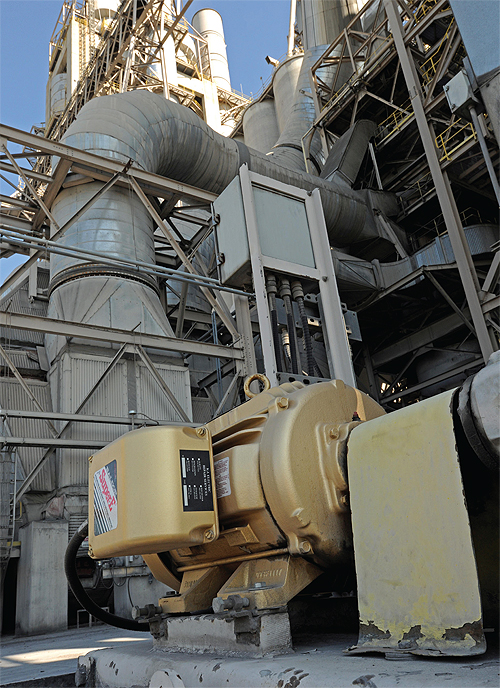John Malinowski, Baldor Electric Company, a Member of the ABB Group.
The United States has had efficiency regulations for industrial electric motors in place since October 1997, when the Energy Policy Act of 1992 (EPAct 92) set minimum efficiency levels for 1- to 200-hp general-purpose three phase motors. EPAct 92 was upgraded when the Energy Independence and Security Act of 2007 (EISA) went into effect in December 2010. EISA raised efficiency level of the 1- to 200-hp motors to premium levels and covered other 1- to 200-hp and 201- to 500-hp motors defined in the National Electrical Manufacturer’s Association (NEMA) Standard MG 1-2011 table 12-11 Energy Efficient Motors. All of these regulations not only cover what motors are allowed to be sold in the U.S., but also covers motors that are installed in new machinery imported for sale. As has been the normal practice, Canada and Mexico have followed with regulations that basically mirror what is done in the U.S.
Several years ago, the U.S. Department of Energy (DOE) conducted a technical study as to what could be done to raise the efficiency levels of “small” motors. After years of study and litigation, the Small Motor Rule was passed that covers two-digit NEMA frame single- and three-phase 1/3 through 3 horsepower motors in Open enclosures. TEFC motors are not covered. This regulation will go into effect April 9, 2015. NEMA has written a white paper that provides their interpretation of the rule: http://www.nema.org/Standards/Pages/The-U-S–Department-of-Energy–Small-Electric-Motor-Standards–Final-Rule-and-Technical-Support-Document-of-March-9,-2010.aspx
Although the Small Motor Rule seems simple, it has the effect of creating motors with much larger footprints, particularly on single phase designs where capacitor start/induction run motors may largely be discontinued in Open enclosures. In some cases, a TEFC motor may be more cost effective and smaller than an Open motor.

This Baldor Super-E premium efficient motor is shown driving a pump for a water cooling system at a cement mill.
The DOE is presently conducting another technical study on “medium” AC induction motors of 1- to 500-hp. In their study, DOE is evaluating a possible increase in nominal motor efficiency of 1 – 3 NEMA bands (approximately 0.4 to 1.5%) above NEMA Premium Efficiency levels as defined in MG 1-2011 table 12-12. Although this sounds simple to do, such a motor redesign could entail new laminations, winding equipment and in many cases, new frames to fit the extra material. Some designs may not fit where existing motor designs of the same ratings fit today. This means that OEMs would need to redesign their machine if that is an issue and end users may have trouble fitting the new higher efficiency replacement motor into their equipment or existing envelope.
A petition to adopt NEMA MG 1 table 12-12 for an expanded scope of 1- to 500-hp motors, many that were not previously covered by the DOE, was proposed October 2010 for adoption in place of the DOE’s technical study. The petitioners included NEMA Motor Section Members and a group of energy advocate groups with members from American Council for an Energy-Efficient Economy, Alliance to Save Energy, Appliance Standards Awareness Project, Earthjustice, Natural Resources Defense Council, Northwest Energy Efficiency Alliance, Northeast Energy Efficiency Partnerships and Northwest Power and Conservation Council.
The DOE study of medium motors is underway and results of the study were discussed in the fall of 2012. Further interviews with motor manufacturers were conducted in early 2013 and the proposed rule is expected before the end of 2013, allowing for comments until a final rule in 2014 with the regulations in effect in 2017. The petitioners, known as the motor coalition, remain optimistic that the DOE will adopt their proposal as a final rule, avoiding a tremendous imposition to the motor users and OEMs in the U.S.
Baldor Electric Co./ABB
www.baldor.com
Filed Under: Green engineering • renewable energy • sustainability





Tell Us What You Think!